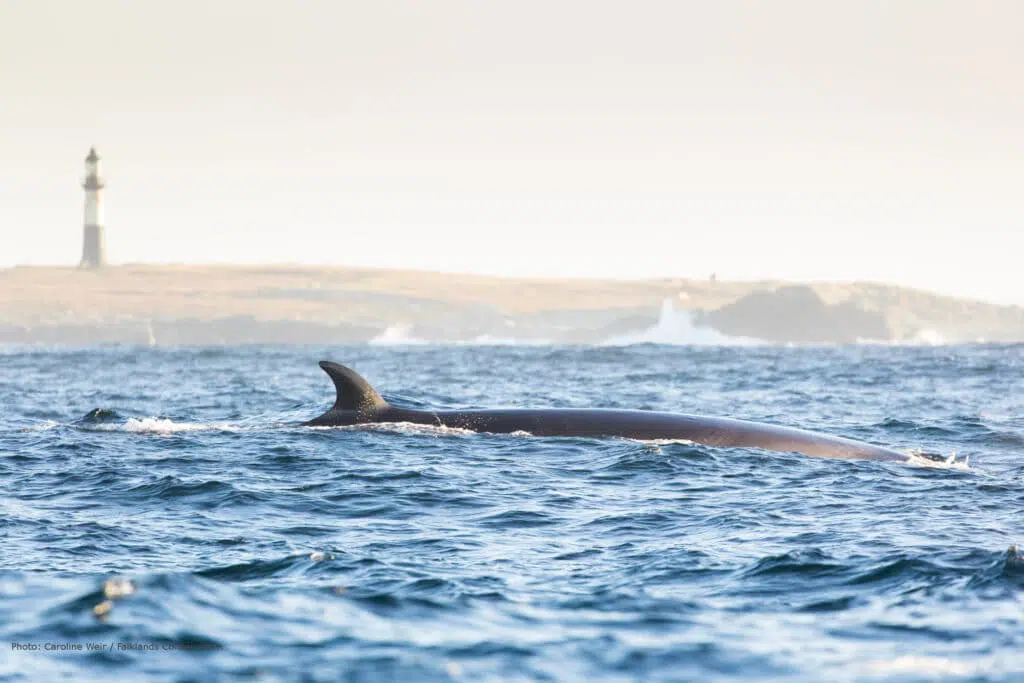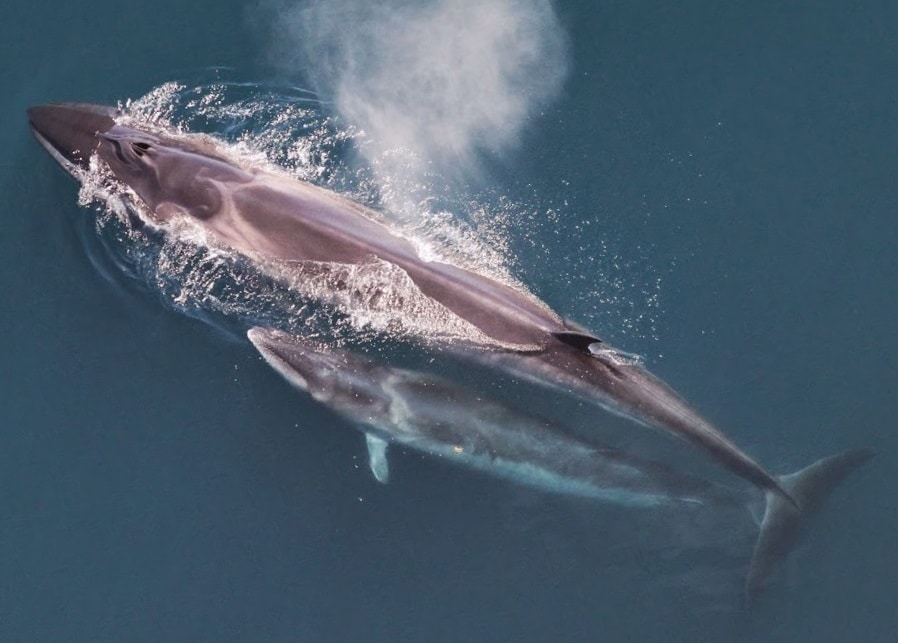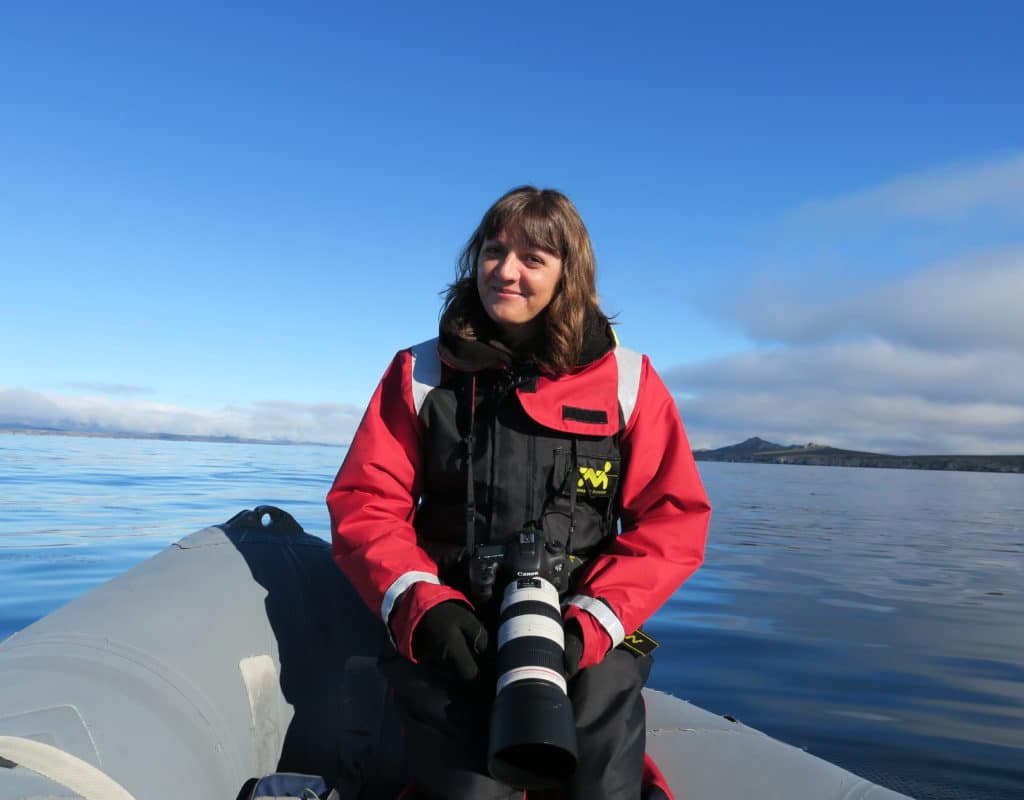Pioneering research into mysterious Sei Whale uncovers Falklands hotspot

Massive but mysterious: for decades, little was known about the Sei Whale. But thanks to ground-breaking research, the Falkland Islands (Malvinas) have now been declared a Key Biodiversity Area based on their status as a vital habitat for the species.
You’d think a Sei Whale would be hard to miss. But despite reaching 15 m long and 20 tons in weight, they can slip through the water leaving barely a ripple, and their lives remain a mystery to scientists and seafarers alike. So how has such a colossal mammal swum under the radar for so long?
Inevitably, much of the blame can be laid on humans. Around 200,000 Sei Whales were slaughtered in the mid-20th century in the southern hemisphere alone, driving the species to the brink of extinction. Today the Sei Whale is still globally Endangered, and much of what we know about it comes from data collected during the whaling period.
The gentle giant also moves in mysterious ways. In most parts of the world it inhabits deep, offshore areas, making it hard to track its global migration routes or behaviour. So imagine the delight of researchers from Falklands Conservation (BirdLife Partner) when they realised that the species was visiting the islands’ pristine coastal waters every summer and autumn, to feast on clouds of tiny crustaceans that swarmed in the area. This virtually unique situation gave them the chance to observe and study the species like never before.
Part of this research involved photographing the fins and flanks of the whales to keep track of the unique combination of nicks and scars that characterised each individual. The team has catalogued about 500 different Sei Whales to date, gaining fascinating glimpses into their individual lives.

One whale, nicknamed ‘Wonky’ due to an unusually bent dorsal fin, was found to have travelled from Rio de Janeiro in Brazil to the Falkland Islands, a straight-line journey of over 3,300 km in six months. This is one of the first insights into the migration destinations of this species. Another whale was sighted in 2019 and again in 2020, the second time accompanied by a young calf. This mother was dubbed ‘Moana’ in a Sei Whale naming contest run on the Falklands Conservation Facebook page to raise awareness of the vital site.
The recognition doesn’t end there, though. Thanks to years of research, the islands have now been confirmed as a Key Biodiversity Area, making them a globally important hotspot for recovering Sei Whale populations. In a poetic twist, the area borders a former whaling station now owned by Falklands Conservation.
Dr Caroline Weir, Sei Whale project lead for Falklands Conservation, says: “We are incredibly proud of achieving this Key Biodiversity Area for Endangered Sei Whales, which is the culmination of five years of pioneering and challenging field research. It has really highlighted the importance of the Falkland Islands for this poorly-known species. It’s a privilege to work in an area where whale populations appear to be thriving, and fantastic to now see that work translating into global recognition and contributing to the future conservation of these amazing animals.”
“It’s a privilege to work in an area where whale populations appear to be thriving.”Dr Caroline Weir, Sei Whale project lead, Falklands Conservation
Stay up to date
Sign up to receive the latest bird conservation news. You’ll also receive updates about our projects, science and other ways to get involved including fundraising.
Thank you for your support, we are committed to protecting your personal information and privacy. For more information on how we use your data, please see our Privacy Policy. You can unsubscribe from emails at any time by using the link in the footer of any email from us.


